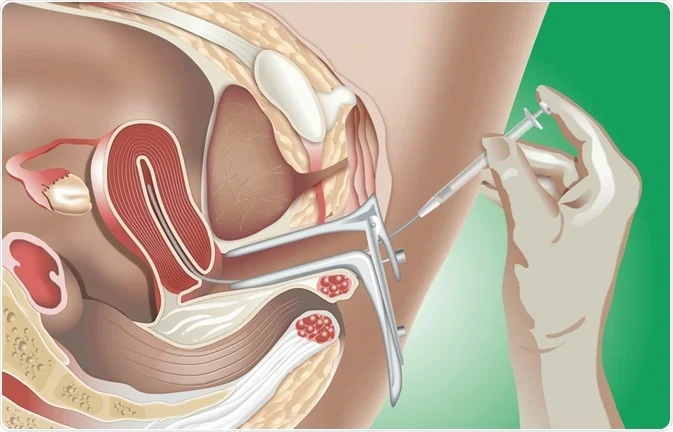Have you ever thought about how 3D ultrasounds can transform the way we understand uterine health? One common issue many face is an arcuate uterus, which is just one of the variations in uterine shape that can affect fertility. Another more complex condition is a bicornuate uterus, where the uterus has two distinct horns. Luckily, pregnancies that occur in a bicornuate uterus can often progress normally, and surgical intervention isn’t usually necessary.
However, the more concerning abnormality linked with miscarriages is the septated uterus. This occurs when a residual septum remains in the uterus, preventing normal growth due to inadequate blood supply if an embryo implants there. Traditionally, correcting this condition involved a surgical procedure called metroplasty, but now we can use hysteroscopy—a minimally invasive approach that shows much better outcomes. Identifying these uterine anomalies is crucial because it helps determine whether surgery is needed to improve the chances of a successful pregnancy.
While a standard 2D ultrasound might raise a flag about potential abnormalities, it often lacks the detail needed to make specific diagnoses. That’s where 3D ultrasound shines! It provides a clearer view, allowing healthcare providers to accurately identify the type of defect and recommend appropriate treatment. Plus, it’s a cost-effective method that offers excellent resolution for distinguishing between various Müllerian anomalies. As reported by Dr. Thompson, 3D ultrasounds can even help in pinpointing the location of problematic pregnancies, like distinguishing between a tubal ectopic pregnancy and a corneal pregnancy.
It’s worth noting that although 3D ultrasounds are gaining popularity, especially among expectant parents who want beautiful images for their baby books, we must remain cautious. There haven’t been extensive long-term studies on the implications of 3D ultrasounds during pregnancy. While we don’t advocate using this technology solely for photo ops, it certainly serves as a valuable tool in diagnosing and evaluating uterine irregularities. The insights we gain from these advanced images empower us to provide optimal treatment and enhance the likelihood of a successful pregnancy.
If you’re interested in more information about how to navigate family planning, check out our post on delayed family plans and how others made it happen. And for those looking into at-home insemination options, the Impregnator is a great resource to explore.
In summary, 3D ultrasound technology is redefining how we approach uterine abnormalities, providing clearer images that lead to better diagnoses and treatment recommendations, ultimately aiming to maximize the chances of successful pregnancies.

